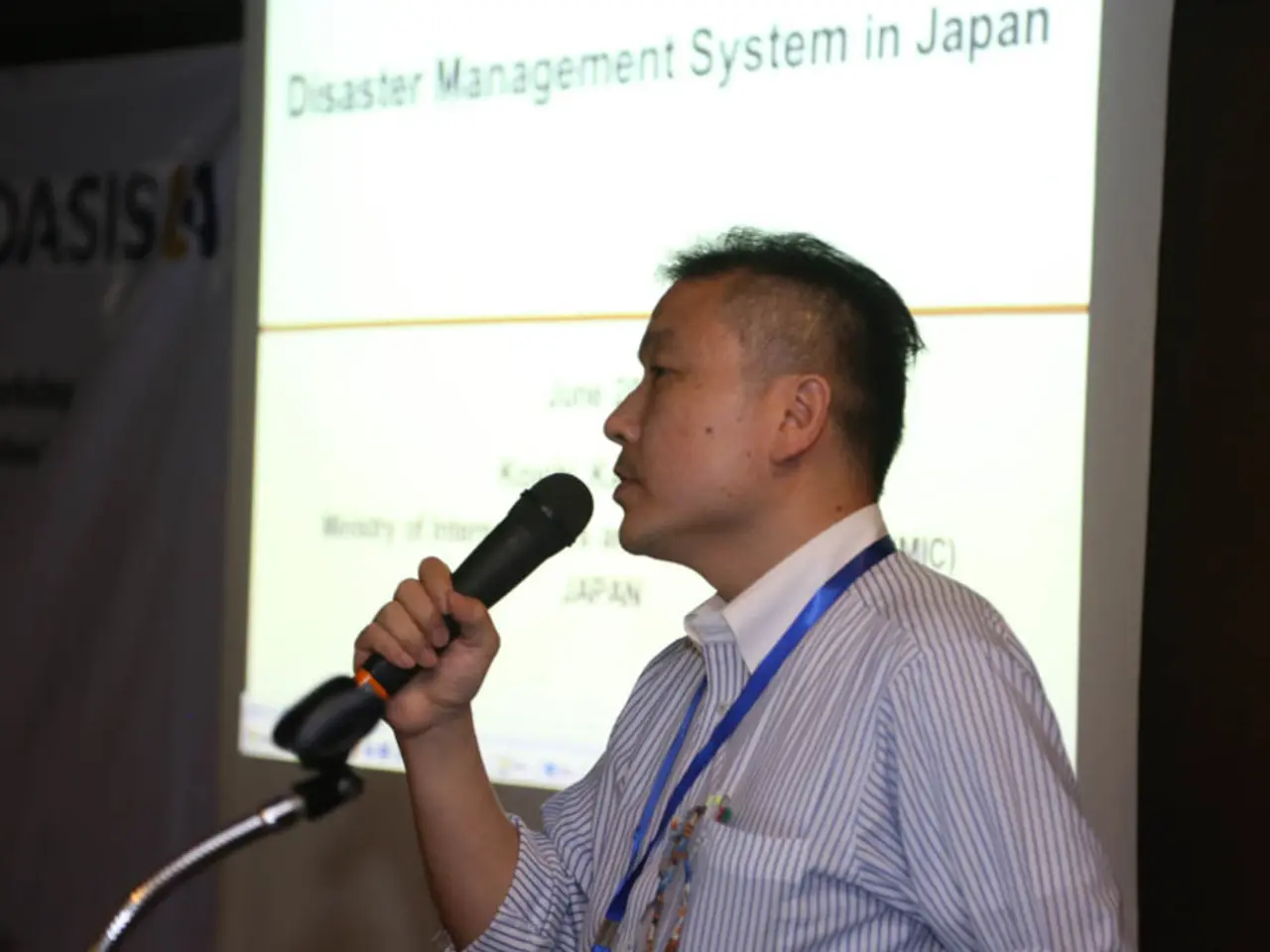Overcoming Monotonous Vigilance in Information Technology of Medical Sectors
In the dynamic world of healthcare IT, managing security alerts effectively is crucial for maintaining a robust and secure infrastructure. Here's how top healthcare institutions are tackling this challenge.
Healthcare IT teams are leveraging advanced automation tools, such as Security Information and Event Management (SIEM) and Security Orchestration, Automation, and Response (SOAR) systems, to streamline their operations. These tools help centralize log data from various sources, including Electronic Health Records (EHR), endpoint detection, and cloud services. By automating the triage and containment processes, they reduce manual workload and accelerate response times to critical events like ransomware or insider threats.
Another key strategy is the integration of threat intelligence and behavior analytics into detection tools. This improvement enhances the accuracy of alerts and prioritizes them based on potential clinical impact and risk severity.
Automated alert triage and risk scoring are also essential for managing alert volumes. These systems focus attention on high-impact incidents while filtering out routine or low-risk alerts, helping to reduce alert fatigue in overwhelmed teams.
However, it's important to remember that human-guided automation is key. Cybersecurity professionals should review and validate automated findings, configure rules and workflows based on organizational context, and make decisions for complex scenarios. This balance ensures that patient care is safeguarded while improving the efficiency of the system.
Establishing clear incident response procedures and roles within the healthcare organization is another crucial step. Regular training and readiness drills ensure that teams can respond rapidly and consistently to prioritized alerts.
Healthcare institutions are also focusing on continuous monitoring and reassessments of third-party vendor risks and supply chain alerts. Instant notifications of security incidents affecting vendors allow for prompt mitigation actions to be taken.
Real-time dashboards and comprehensive alert logging are essential for ensuring full visibility, audit trails, and post-incident review capabilities. These features support HIPAA compliance and continuous improvement of security practices.
In conclusion, by combining these technological tools with structured processes and expert oversight, healthcare IT teams can manage their security alert volumes effectively and focus their efforts on the most critical threats to their infrastructure and patient safety. It's also essential to choose the delivery channel for alerts based on the needs and work styles of IT team members to avoid missed alerts and fatigue.
Related Articles: - Managing Security Alerts in Financial Institutions - The Role of AI in Cybersecurity Alert Management - Best Practices for Endpoint Security in Healthcare - Firewall Configuration for Enhanced Network Security - The Impact of Cloud Security on Healthcare IT
Technology and science play a significant role in enhancing health-and-wellness, as evidenced by the implementation of advanced automation tools like Security Information and Event Management (SIEM) and Security Orchestration, Automation, and Response (SOAR) systems in healthcare institutions. These technologies aid in streamlining operations, centralizing log data, and accelerating response times to critical events.
In addition, integrating threat intelligence and behavior analytics into detection tools improves the accuracy of alerts and prioritizes them based on potential clinical impact and risk severity, which contributes to maintaining optimal health-and-wellness in the digital world.




